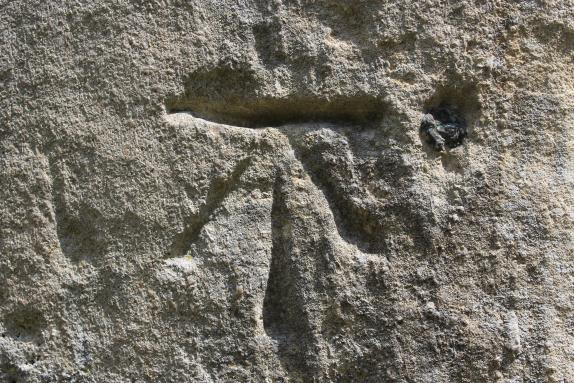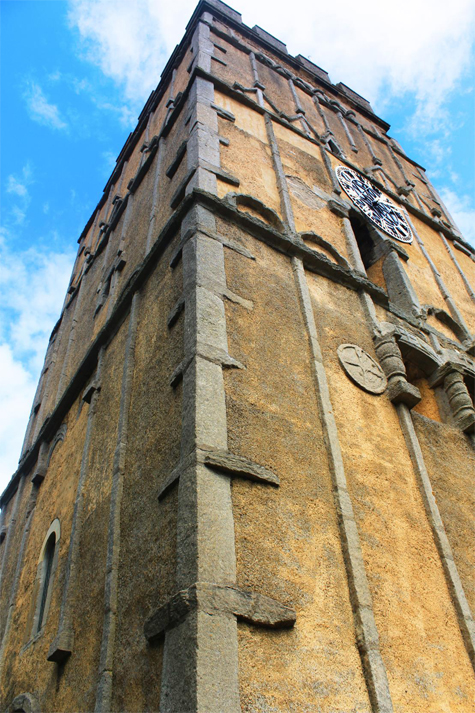The Big Friendly Tower and the Time Travelling Mason
Last summer, twelve students and one professor shared an unforgettable experience called English Gothic Live, a course on medieval and medievalist architecture which we studied on site while based at the University of Warwick. One of the course requirements was for each student to write a blog entry, and we will be posting all of those here over the coming weeks.
A picture tells a story. A story requires mystery. When viewing a photograph, or series of photographs, of a building, one may think they are intimately familiar with the subject in question. Mystery, however, implies a withholding of information. Then, paradoxically, it should be no surprise that when we see a building in real life, we find ourselves surprised by it.
The Tower at Earl’s Barton is one of the few remains of Anglo Saxon architecture that survived the Norman Conquest in the 11th Century. Approaching the tower is an interesting experience. I have studied Earl’s Barton several times; from survey courses to Architecture and Empire, Earl’s Barton seems to pop up everywhere. It is an important building that showcases a period of history that is scarce on primary sources. Knowing of Earl’s Barton and its importance to the study of Architectural History could not have prepared me to meet the building in person.
The character of Earl’s Barton reminds me of a colossus. It is a wonder that I have heard about but to see it towering above me is something different entirely. The sense of scale that this building has in a classroom does not compare to the real thing. In this way, I feel I am fortunate to be able to see it in person. I will try for you, dear audience, to describe its immense size and fill in the gaps. The sheer size of this building is awe inspiring. The enormity is hard to capture and I had not expected the building to tower over its surroundings as it does. The building holds many more delightful surprises, rewarding a closer look.
The tower sports a lot of Anglo Saxon ornamentation that can be recognized across the meagre sum of surviving relics from that culture. There is a distinct mark and texture that connects the present day fabric to the Anglo Saxon masons who constructed the tower. One such mark is a mason’s mark found in one of the corners, pictured below. This was the first of many mason’s marks I found and it sparked an interest that lasted the remainder of the trip. While its original purpose was a purely functional one, they have become a sort of secret game. I look for them wherever I go since my first spotting at Earl’s Barton. This connection with someone from the past is exciting and somewhat thrilling.
Connecting to the past in such an intimate way is a new experience for me. Living in a country that has a relatively shallow built history creates a dissonance between dates and actual time. A millennium ago seemed like another world before this trip. Now I can say I have touched base there.


